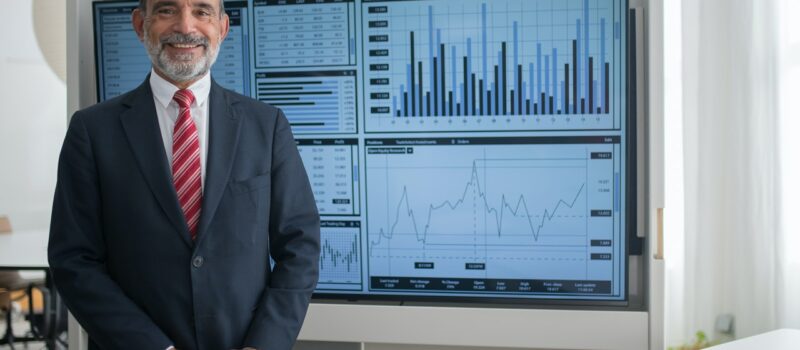Decentralized exchanges (DEXs) address several issues that highly centralized transactions do not, such as the density of cash flow in the grip of just a few players, the making concessions of funds in the event of a security incident, a shuttered control framework, and more. Even so, one problem that has not gone away is front-running. Disreputable gamers continue to develop new ways to commit fraud against unwitting traders.
If you did receive less than predicted when putting a barter on a DEX, you are indeed very likely to be struck by front runners. Such malicious people profit from the computer-controlled marketer model at the cost of unwitting traders.
This section will describe the attack surface and assist you in understanding the main notion of the front as well as cryptocurrency trading.
What exactly is crypto front-running?
The method of using technology or making marketing to gain previous knowledge of forthcoming exchanges is referred to as “front-running.” This enables bad people to profit from the upcoming price action at the expense of those who began the transfers. Front-running is accomplished through the deception of the price of gas or time and date, also recognized as slow matching.
Front-running is common in both centralized and decentralized transactions. A front player’s goal is to supply a large token at a low price and then sell it at a higher cost while concurrently exiting the position. When properly executed, it generates risk-free earnings for the brokers who commit to it.
Stock trading and investments based on insider info to profit from price action is a well-known strategy. Brokers have indeed been involved in it, despite the criminal aspect and ethically questionable. The strategy is similar to insider trading, except that the assassin did work for the client’s stockbroker instead of the particular needs.
What exactly is a front-running spammer?
Frontrunning is accomplished by the use of virtual currencies front-running bots which operate on a millisecond timeframe. Before blinking, a person who reads a sequence of transactions, figures out the best action carried and price of gas, customizes the transactions, and operates them.


